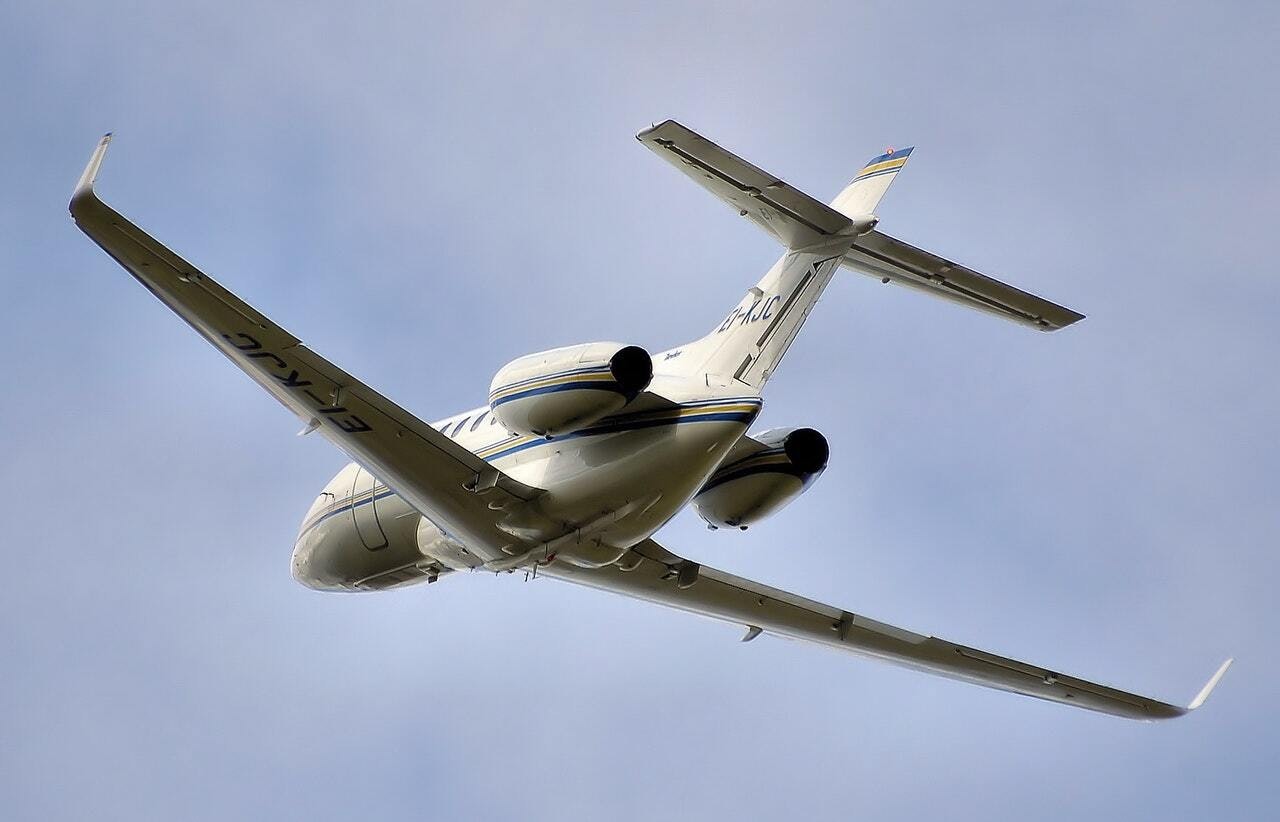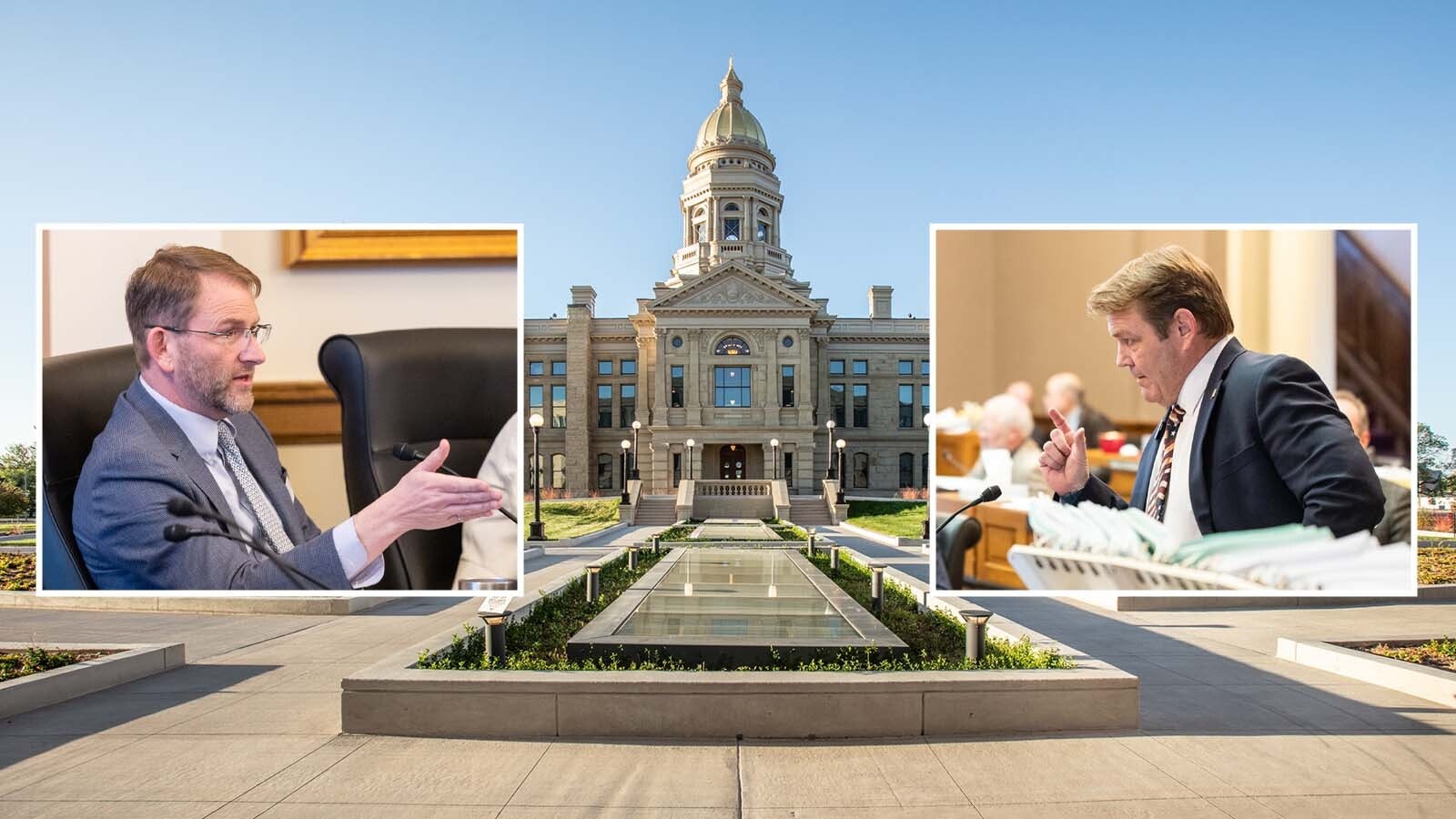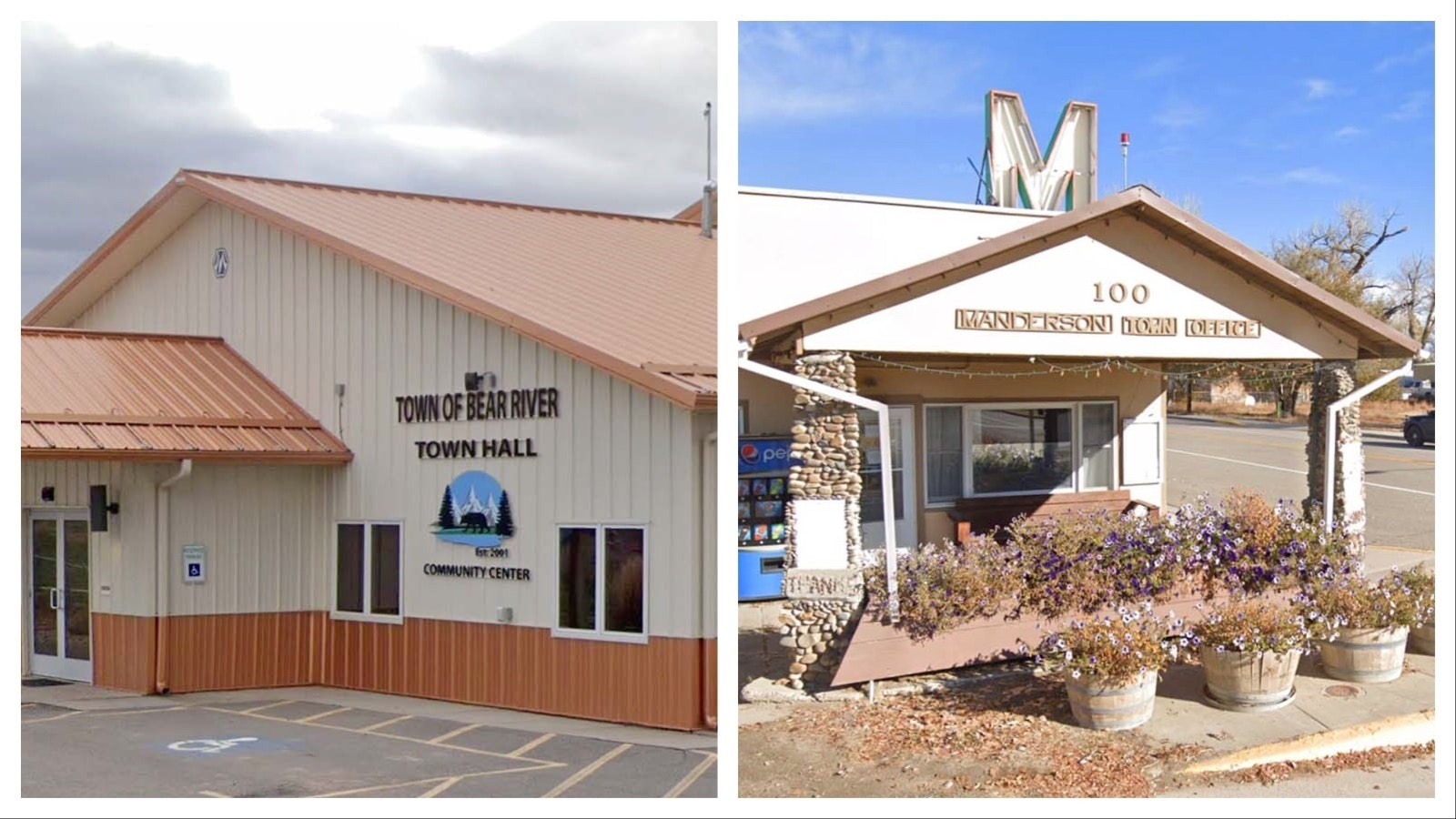By Ike Fredregill, Cowboy State Daily
With 99 municipalities spread far and wide across Wyoming’s approximately 98,000 square miles, transportation can be time consuming for state employees and elected officials.
However, some disagree on whether the best way to meet those travel needs is to keep the two state jets sometimes jokingly referred to as the “Wyoming Air Force.”
In 2002, the state purchased two Cessna Citation Encores, twin-engine transport jets, to reduce the time its employees and officials spent on the road, said Brian Olsen, administrator of the Wyoming Department of Transportation Aeronautics Division.
Not everyone, however, agrees the jets are the most efficient form of transportation.
Rep. Chuck Gray, R-Casper, said he has added an amendment to the state’s budget bill to sell one of the jets every year since he was elected in 2017. But, so far, the amendment has failed.
“I think they’re an example of government extravagance,” Gray said. “There’s no reason we should have this many jets.”
Olsen disagreed. By owning two jets, he said the state could ensure one plane is available whenever needed.
“When it comes to maintenance, one plane is no plane,” Olsen explained.
According to Wyoming’s checkbook, WYDOT spent about $494,700 on aircraft maintenance with Cessna Aircraft Company in 2018. Olsen said $464,000 of that total was spent on maintaining the jets. The state also owns a Cessna 208, a single-engine turbo prop used to photographically survey road conditions, he said.
WYDOT Director and retired U.S. Army Maj. Gen. K. Luke Reiner said two jets is optimal.
“We have one jet going into maintenance in June,” Reiner said. “Having two planes does provide a certain sense of redundancy. Also, there’s use for two aircraft … in terms of the ability for elected leaders and agencies to fulfill their responsibilities to the state and the residents.”
Regardless of whether flying is more efficient, government air service stymies private enterprise, said Kevin Lewis, a researcher for Equality State Taxpayers Association.
“People who fly in Wyoming make up a market for air travel,” Lewis said. “Right now, the government sector is removed from that market. We’re talking about a business that lives and dies on slim margins.”
By selling the jets, he suggested the state could create an environment for private intra-state air travel to expand.
“Wyoming is never going to grow itself if your main competitor is the government,” Lewis added.
Cost efficiency
Olsen said WYDOT researched the possibility of booking flights with private charters, but determined owning and maintaining its own fleet was about 44 percent more cost effective.
WYDOT also looked into fractional aircraft, the practice of sharing aircraft ownership, maintenance and operation costs with multiple owners, and determined fractional ownership would be 32 percent more expensive than owning the jets solely.
In regards to employee travel, Olsen said WYDOT studies reported flying employees across the state was 14 percent more cost efficient than paying them to drive.
“We looked at a couple salary levels, but mostly around the $100,000-a-year mark,” he explained. “But those studies don’t take into consideration the cost of motels or opportunity costs.”
Employees are rendered somewhat ineffective while driving, because the time they spend on the road — even when carpooling — is not conducive to a productive work environment, he added.
As stewards of taxpayers’ dollars, Reiner said he believed the jets were the most fiscally responsible travel option for state employees and elected officials.
“I think these aircraft are a really good use of resources for our state,” he said.
Between bulk jet fuel purchases of about $185,000, $464,000 in maintenance costs and approximately $327,000 in pilot’s salaries, Wyoming spent about $1 million on traveling via the two jets in 2018.
Despite WYDOT’s efficiency report, Gray said he would still like Legislature to review the possibility of reducing the state’s air fleet by one jet.
“When I’ve done town halls, I’ve consistently heard the jets are a problem,” he said. “We’re going to continue trying the amendment.”
Reiner said he doesn’t believe the state needs more than two jets, but the state should maintain its current fleet.
“The planes are a tremendous asset for our government,” he said. “The bottom line is they help us accomplish our mission.”
Wyoming’s Air Fleet By the Numbers
- Aircraft: 2-Cessna twin-engine passenger jets, 1-Cessna single-engine turbo prop survey plane
- Viable landing strips across Wyoming: 34
- Maintenance cost for 2018: About $464,000
- Fuel cost for 2018: About $185,000
- Annual pilot salaries combined: About $327,000
- Transport jet flights in 2018: 663, carrying a total 2,213 passengers





